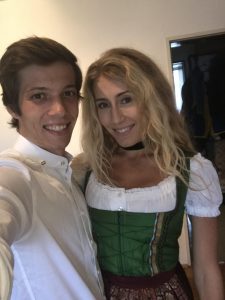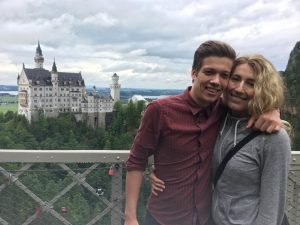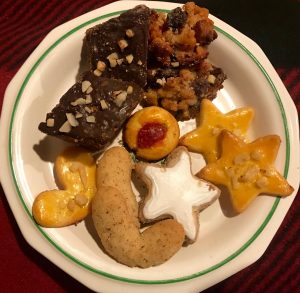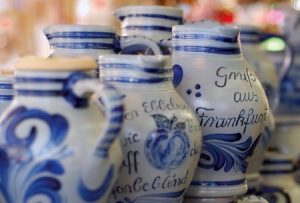It was a pleasure to write for the Deutsch Akademie, and reflecting on my time in Germany gave me the opportunity to learn new facts and review how I’ve spent some of my time here. Since living in Munich I challenged myself to try something new everyday, even if it’s trying a new apple from the Viktualienmarkt! This goal has made a significant impact on my mood and feelings when living so far from home. Instead of thinking about what I miss from home, I find new topics and discussions to share and expand my knowledge of my new home in Bavaria. I’d encourage anyone to do this! It’s a new year now and the perfect time to try out a new recipe, tour a new city, read a new article and of course learning new words as we all continue our work at the Deutsch Akademie.













